
UK food and drink mergers and acquisition volumes have bounced back to their highest level in six years, partly driven by buyers snapping up distressed assets.
A new report from corporate finance house Oghma Partners found that deal volumes in the sector have spiked to their highest level since 2017 in the first four months of 2023 despite “relentless market challenges”.
The first four months of the year saw an 18% year-on-year increase in the volume of deals (up to 33 transactions) compared to the same period in the prior year.
However, over 80% of deals only had an estimated value of £10m or less as there was a significant absence of middle to higher market deals during the period. Only 6% of transactions were above the £50m mark, falling well below the five-year historic average of 12.5%.
Deal values were up 60% to £450m, but this was distorted by Glanbia’s £305m sale of its cheese business, with deal values down year-on-year excluding this deal.
Oghma said macro-economic headwinds were inhibiting the flow of larger deals, due to interest rate hikes increasing the cost of debt amid reduced consumer spending due to soaring inflation.
Mark Lynch, Partner at Oghma Partners, said: “Inflation remains stubbornly high, forcing further interest rate hikes and increasing the cost of debt, a cost-of-living crisis has reduced consumer spending, geopolitical tensions have increased market uncertainty and supply chain issues have piled more pressure on the industry.”
Instead, the increase in deal volumes and low value deals can be partly explained by a surge in distressed M&A activity, with 12.1% of deals in the period being an acquisition out of administration.
The challenging macroeconomic climate, coupled with a Covid hangover, has resulted in food manufacturing insolvencies rocketing by 250%, the report found, meaning buyers have been able to snap up distressed assets at bargain prices.
Lynch said dealflow should continue to recovery through the year, driven by larger corporations using the opportunity to carve out underperforming or non-core assets.
“Despite the turbulent market conditions, there remains plenty of room for M&A optimism, especially as an increased volume of corporate acquisitions highlights that strategic acquisitions remain a high priority,” he said.
“Given the greater transparency surrounding genuine financial performance as earnings are no longer distorted by Covid, this could also lead to greater M&A activity as acquirors have greater confidence and certainty over deals.”
Overseas buyers were responsible for many of the largest deals in the period to the end of April, accounting for 21.2% of deal volume, down from 25% in 2022.
The number of deals with a financial buyer also declined to 15.2% with the shortfall in such acquirors made up by an increase in UK based corporate buyers to just over 60%.








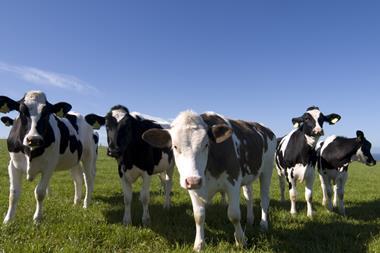
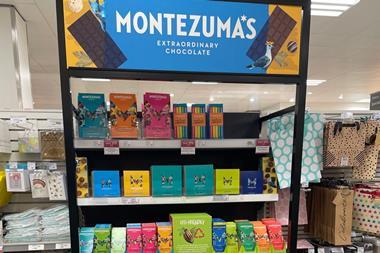

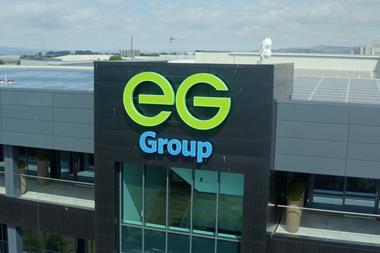





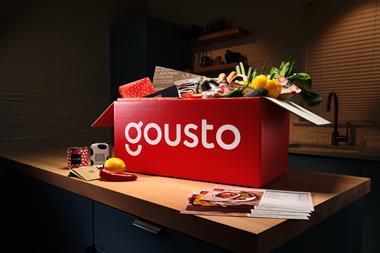
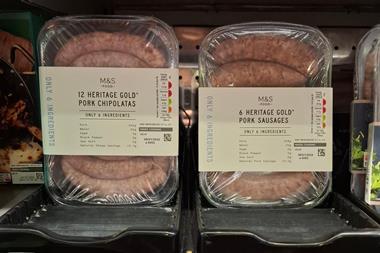
No comments yet